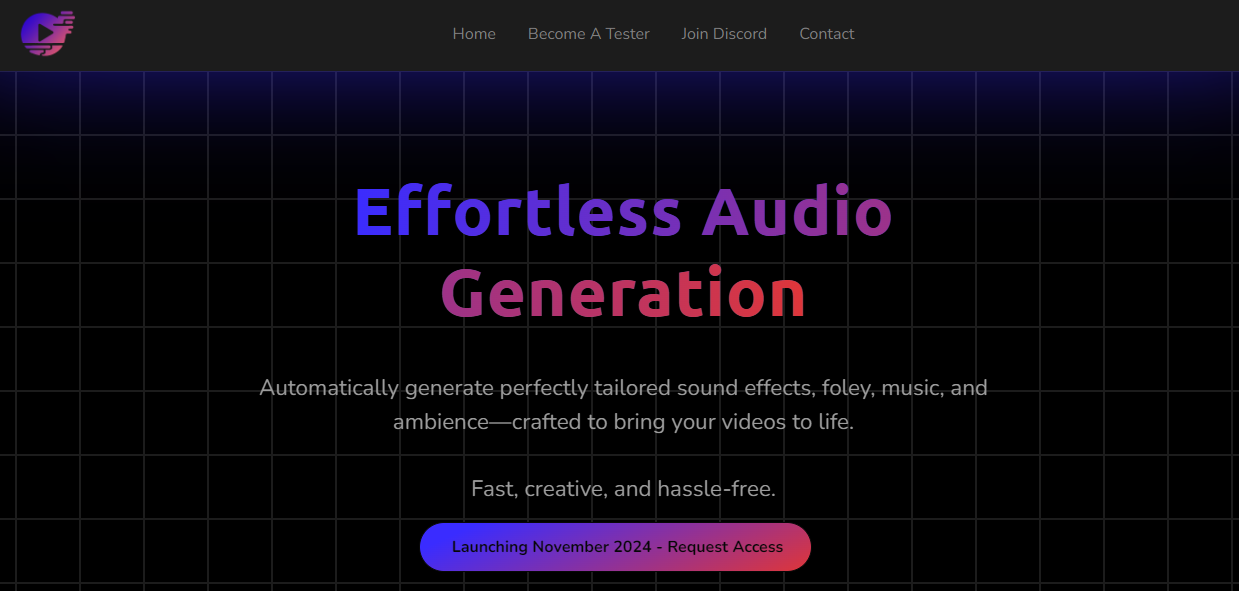Mastering ISTQB Test Design Techniques is essential for ensuring the quality and reliability of software products. The International Software Testing Qualifications Board (ISTQB) offers a structured approach to understanding various test design techniques, providing testers with the necessary skills to identify defects effectively and ensure comprehensive test coverage. Obtaining an ISTQB Certification India can significantly enhance your career prospects in the software testing domain. Explore the ISTQB test design techniques and their applications in real-world testing scenarios, including insights for those pursuing certification in India.
Understanding Test Design Techniques
Test design techniques are systematic approaches to creating test cases based on specified requirements and specifications. These techniques help testers identify relevant test cases that can uncover defects in the software. The primary categories of test design techniques include:
Black Box Testing Techniques
These techniques focus on testing the functionality of the application without considering the internal code structure. Common methods include:
- Equivalence Partitioning: Divides input data into equivalent partitions to reduce the number of test cases.
- Boundary Value Analysis: Tests the boundaries between partitions to identify potential defects.
White Box Testing Techniques
These techniques involve testing internal structures or workings of an application. They require knowledge of the code. Key methods include:
- Statement Coverage: Ensures that in the code every statement is executed at least once.
- Branch Coverage: Tests all possible paths or branches in the code to verify the logical flow.
Experience-Based Techniques: These rely on the tester’s experience and intuition to identify test cases. They include:
- Error Guessing: Testers anticipate where defects may occur based on previous experience.
- Exploratory Testing: Testers explore the application without predefined test cases, relying on their knowledge and intuition.
Comparison of Test Design Techniques
| Technique Type | Technique | Description | Example |
| Black Box Testing | Equivalence Partitioning | Divides inputs into valid and invalid partitions | Testing a form field with valid and invalid data |
| Boundary Value Analysis | Tests the edges of input partitions | Testing minimum and maximum input values | |
| White Box Testing | Statement Coverage | Ensures all code statements are executed | Executing all lines of code |
| Branch Coverage | Tests all logical branches in the code | Verifying all conditions in an if-else statement | |
| Experience-Based Techniques | Error Guessing | Uses tester intuition to identify potential defects | Guessing high-risk areas based on past issues |
| Exploratory Testing | Tests without predefined cases, relying on tester exploration | Exploring the UI to identify usability issues |
ISTQB Certification enhances your expertise in software testing methodologies, boosts career opportunities, and is recognized globally for roles such as test analyst, QA engineer, and test manager, providing a competitive edge in the industry.
Pursuing Certification in India
Pursuing ISTQB Certification in India is an excellent way to validate your skills in software testing. The certification process involves passing a series of exams that cover various testing topics, including test design techniques.
Many training institutes across India offer preparation courses to help candidates succeed in their certification journey. As you consider advancing your career, exploring ISTQB Certification in India can provide valuable insights and resources to help you succeed.
Conclusion
Mastering ISTQB Software Testing Certification Test Design Techniques is a crucial step for software testers looking to enhance their skills and improve software quality. By understanding and applying these techniques, testers can ensure thorough testing, leading to more reliable software products. Obtaining a certification not only boosts your career prospects but also equips you with the knowledge needed to excel in the field of software testing.












